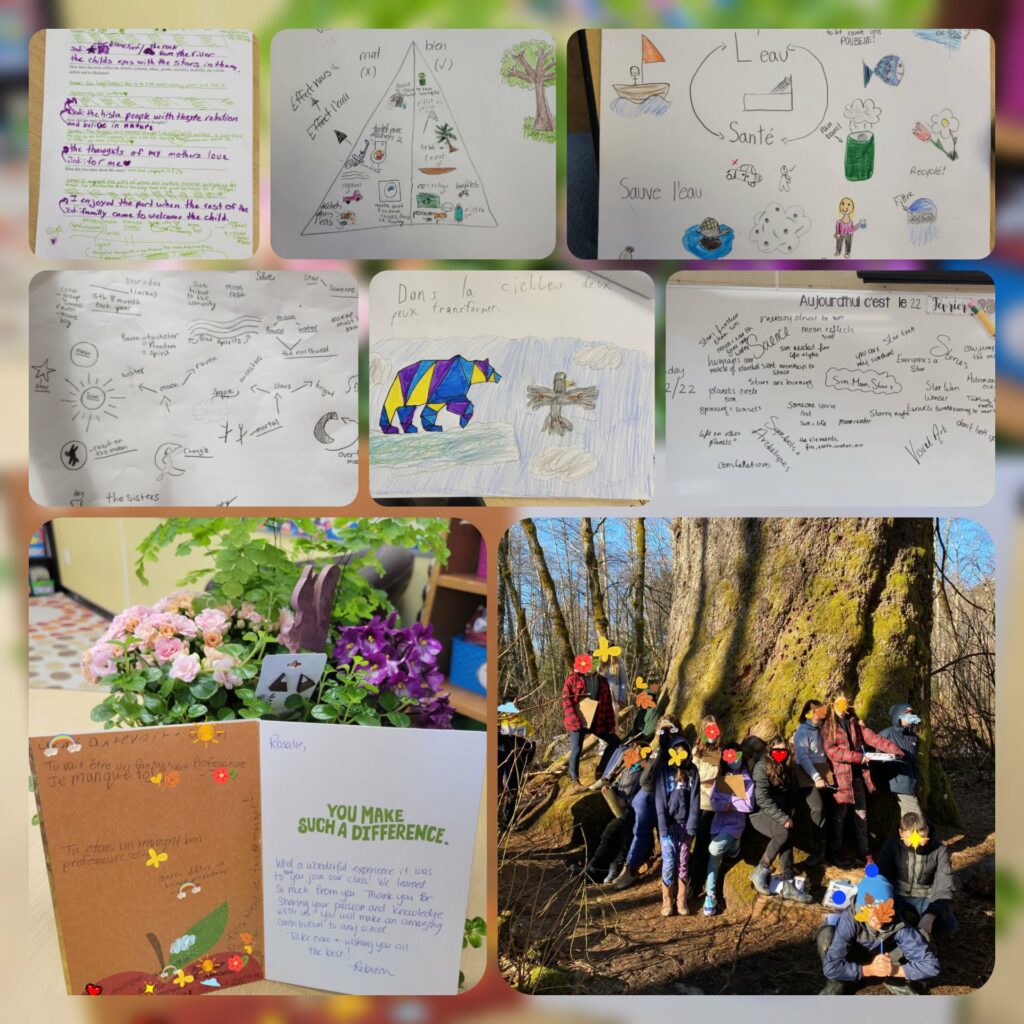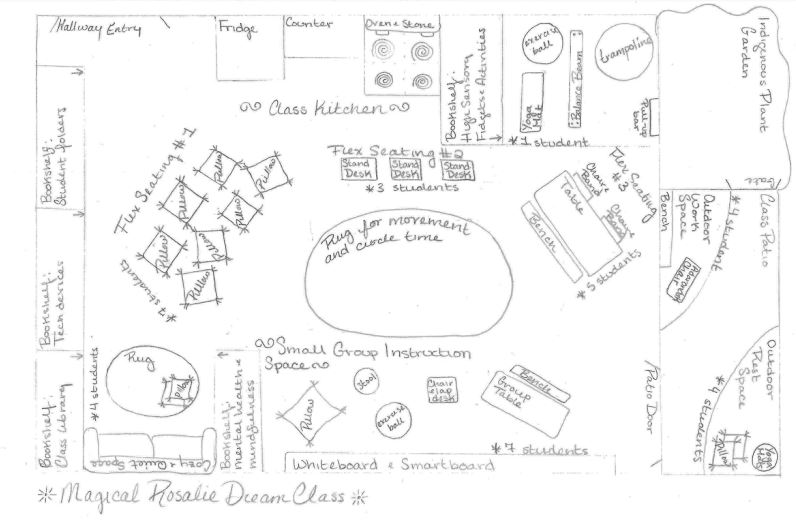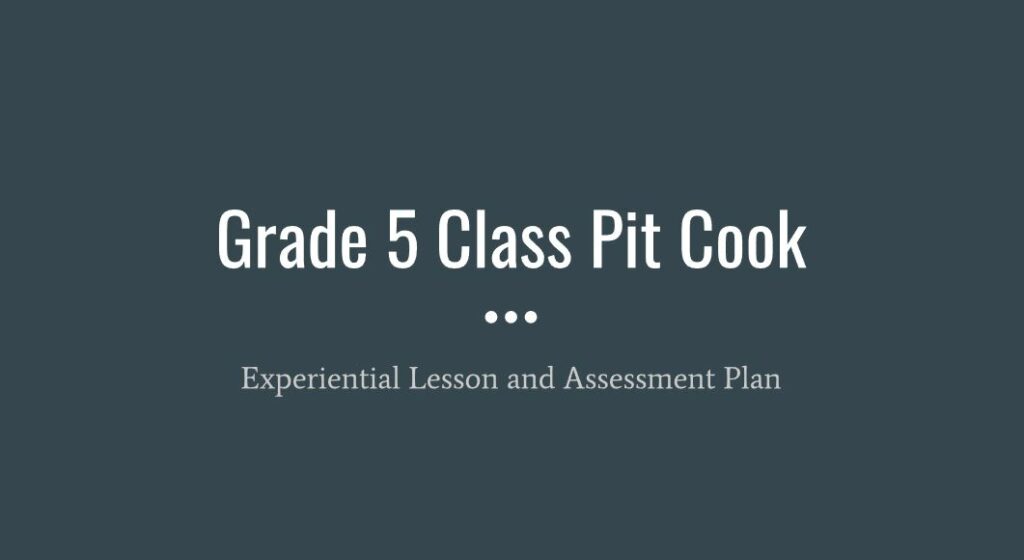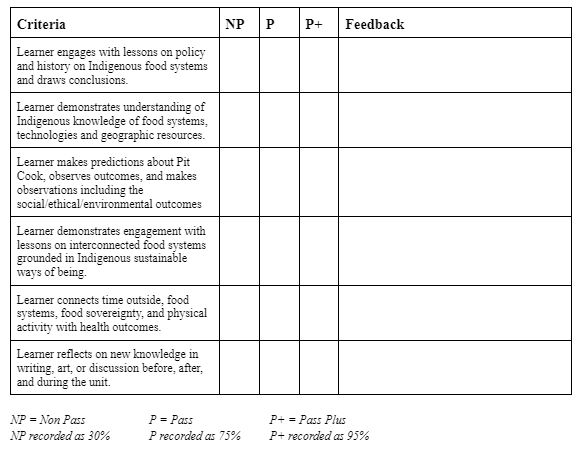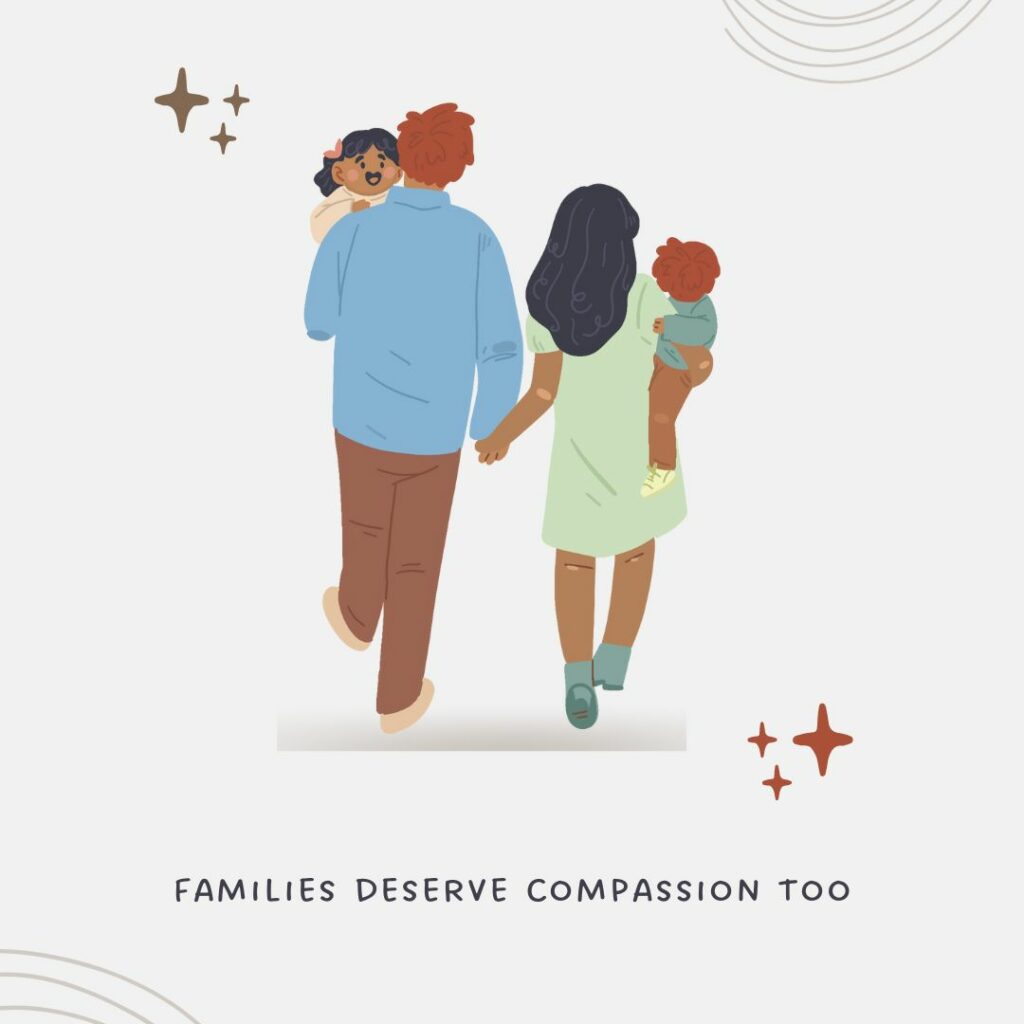
“Educators value the involvement and support of parents, guardians, families and communities in school”
As a new career teacher and long time youth worker, standard four sticks out to me. Developing positive relationships with families is a skill that is rarely taught, but that can have innumerable positive impacts on our students. This is often especially true of families that educators and support workers have come to think of as difficult to connect with.
When I began working with kids, first as a piano teacher then as a youth counselor, I often joked glibly that parents were the hardest part of the job. Then, as I worked with more youth who had fractured relationships with their families and trauma connected to their families, I began to think of their parents in almost adversarial ways – I lacked the compassion I was able to offer their kids despite the parents so often being a product of the same traumas that were impacting the young people with whom I was working.
Eventually, I started working at a youth support organization that had a small team committed to supporting families alongside their youth, including a parent peer support worker. I shared a communal working space with the remainder of the outreach team (with whom I worked), and the family and peer support teams. In this shared working space, as we collaborated on our caseloads and leaned on each other for resources I began to get glimpses into the lives of the families of my clients. With that, I began to understand that the vast majority of the time they were not my adversaries, but my teammates, and that connecting with them would strengthen the support systems around my youth. As I started improving my skills with regards to connecting with these families, I saw shifts in their own relationships with their kids, and the wellbeing and success of those kids.
Most recently, I worked as a Family Involvement Worker in a school (a far cry from the “parents are the worst part of the job” attitude I had a decade ago). Despite occasional pessimistic statements from fellow staff, who assumed many of the parents weren’t willing to show up to events and celebrations for their kids, I found the parents to be their children’s biggest supporters and advocates. As I go into a year of teaching at this same school, I am so excited to work collaboratively with the parents of my students.
